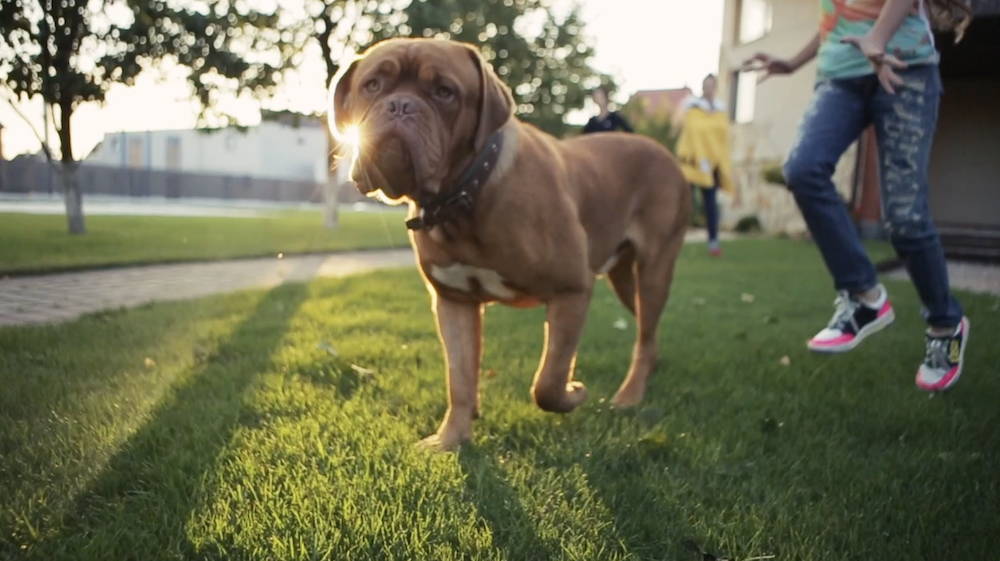Summer Sizzle
MAKE YOUR yard READY FOR fun in the sun

Summer Lawn Care
When the summer sun starts to bear down, your lawn naturally wants to take it easy--to pace itself to survive the heat—just like us. This is especially true where summer rains are infrequent. Here's what you can do to help your lawn so it will give you a beautiful area to enjoy all summer.
Think maintenance. The long, hot, dry summer days are stressful for your lawn. The green carpet from a wet spring may give way to a duller green or even dormant yellow. If you want to maintain the green, thick lawn all summer, it’s best to start with proper weed and feed in the spring. If you’re getting a late start, piling on the fertilizers to coax growth may not be the answer.
Let’s start with understanding seasonal changes of different types of grasses.
Cool-season grasses, e.g., fescue, bluegrass, and rye, grow best when temperatures are in the 60s F.
Warm-season grasses, e.g., Zoysia, St. Augustine, Centipede, and Bermuda grow in temperatures in the 70s.
Once temperatures get into the 80s and above, growth will slow, and lawns will show signs of stress from heat and use.
All living things need water, air, and nutrients to survive.
Watering
Lawns need 1-2 inches of water per week and get even thirstier when it’s hotter—just like you and me.
Water longer and less frequently to get moisture deeper and promote sturdier roots. Click here to read more specifics on watering.
Water early in the day to reduce evaporation and avoid fungal growth.
Mowing
Maintain longer grass in the summer for deeper, more drought-tolerant roots: cool-season grasses should be 3-4” during the summer, and warm-season grasses should be 2-3”.
Don’t cut more than the top 1/3 of the grass.
Keep mower blades sharp to avoid shredding the grass tips, which causes more stress.
Leave mulched grass clippings to return nutrients to the soil and help maintain moisture levels.
Fertilizing
It’s best to stop fertilizing before the heat of summer arrives to avoid burning your lawn--don't fertilize when temps are above 85 degrees.
If you do fertilize, be sure to apply it during the coolest part of the day, on wet grass, and soak the fertilizer in immediately with plenty of water.
Use only organic or other slow-release fertilizers.
Apply a fertilizer of 32-0-4 mix—nitrogen, phosphorus, potassium—and again, be sure to water well.
Whack the Weeds
Hopefully, you were able to apply a pre-emergent herbicide last year and this spring, and no weeds are invading your space. The best defense against weeds is a healthy, thick lawn, and the time to get started for next year is this year.
If weeds do pop up, get them before they get you (before they bloom and disperse seeds for next year).
Dig the weeds out at the roots or use a targeted post-emergent herbicide, which is designed to kill broadleaf weeds without harming turf grass.
Only apply when temperatures are below 85° F for a few days.
Bugs and Diseases
Stressed summer lawns can be more susceptible to insect infestations and fungal diseases so take care of any minor problems before they take over.
Apply fungicide if needed, and avoid watering in the evening.
If grubs typically cause problems in your area, apply grub control.
Breath of Fresh Air
Increase absorption of water, air, and nutrients by making the soil more porous and absorbent.
Traditional core aeration can help loosen compacted soil. It is best done in the fall for cool season grasses and spring for warm season grasses.
Don’t stress out your lawn any more than it already is by punching holes in it during the summer.
If you live in the western half of the country or other areas with high pH alkaline soil and hard water, exiGrow will break down hardened mineral salts that are blocking the soil, making these essential nutrients available for the plants, optimizing soil pH, and making the soil more porous and absorbent.

